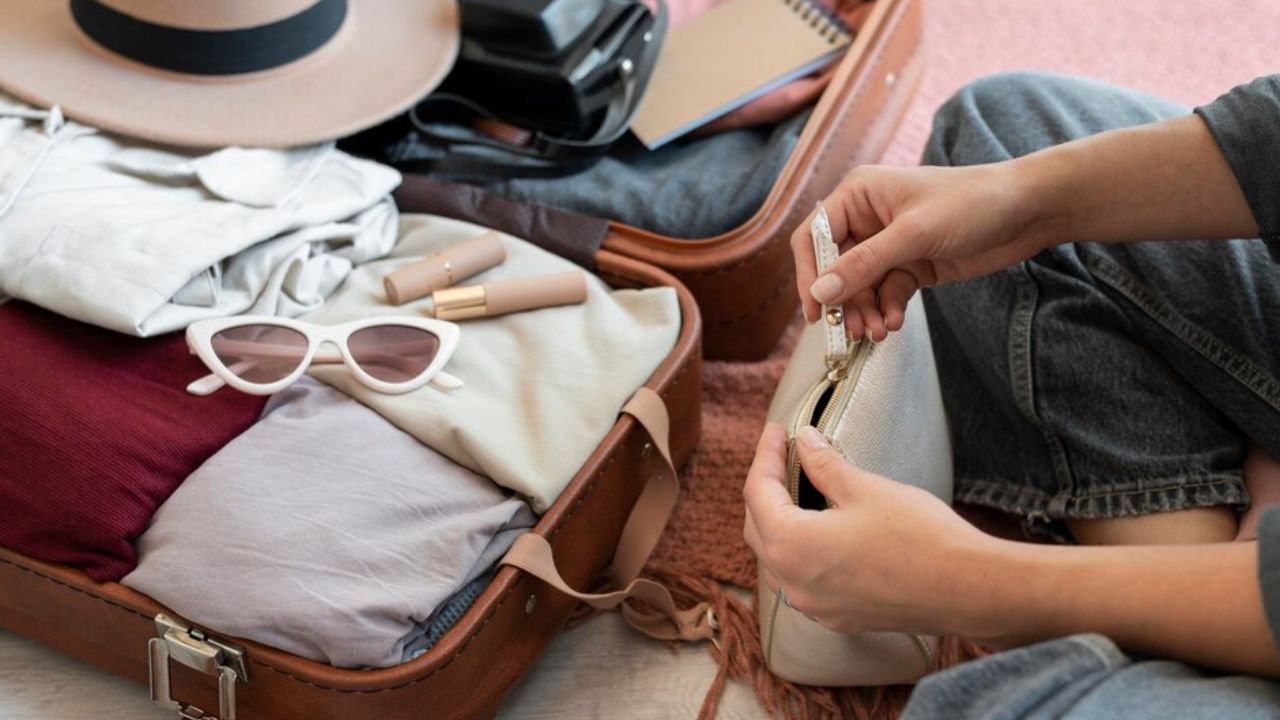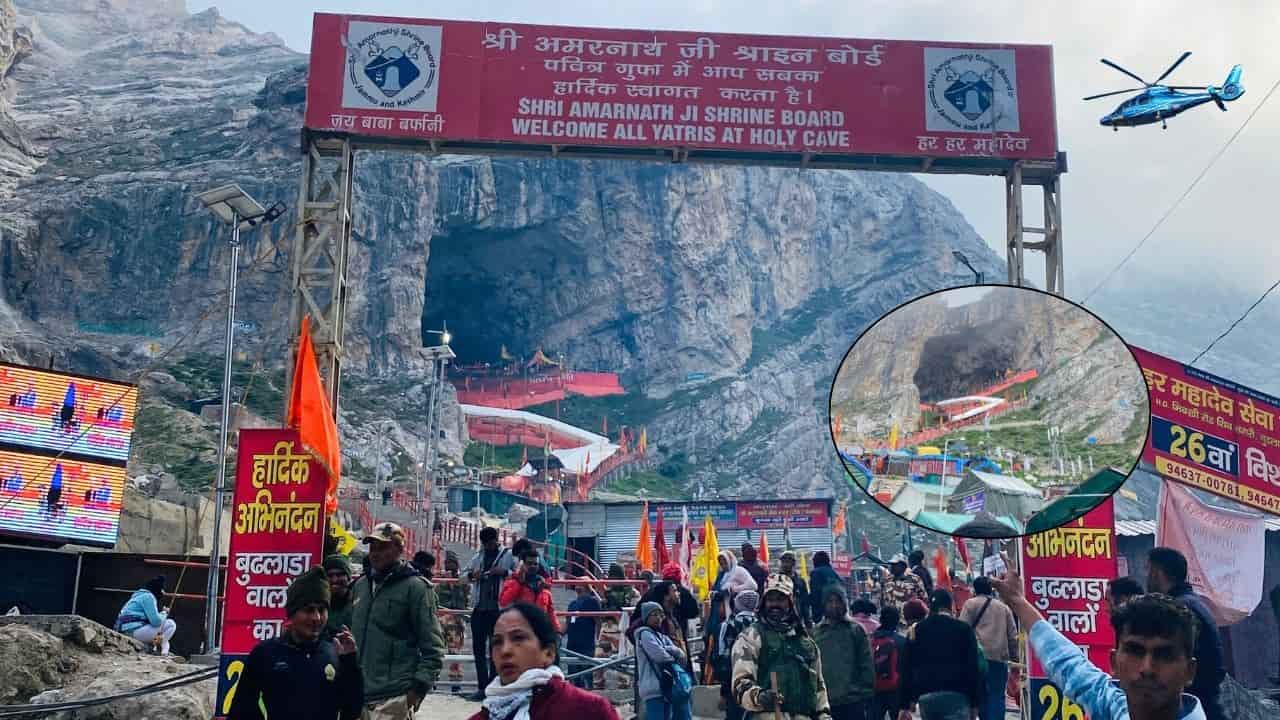When planning a backpacking adventure, having the right gear can make or break your experience. Whether you’re hitting the mountains or exploring new cities, knowing what to pack for a backpacking trip is essential for comfort, safety, and convenience. In this guide, we’ll take you through all that you need to pack to ensure a hassle-free and fun journey.
These are some of the must-haves: warm clothes, warm shoes, a rain cape, a sleeping bag, and a tent. Add to that, toiletries, a first aid kit, and a comfortable backpack. Pack just as lightly as you can, considering the weather and all the activities, to enjoy an unforgettable adventure.
Table of Contents
ToggleChoosing the Right Backpack
The first thing you need when deciding what to pack for a backpacking trip is a reliable backpack. This will be your main companion throughout the journey, so investing in a high-quality backpack is crucial. Additionally, effective travel budget planning is essential to ensure you can cover the costs of your trip without overspending.
Key Considerations:
- Size: Based on the duration of your trip, you will need to pick the appropriate capacity backpack. For the most short trips between 1 and 3 days, you would opt for 30-50L backpacks. Any trip beyond that, look for one with 50 to 70 L.
- Fit: The backpack has to fit your torso and feel comfortable for long hours of wearing.
- Durability: Choose a backpack made of strong, weather-resistant material.
Your backpack is not just a bag; it’s your mobile home. The better suited it is to your needs, the smoother your journey will be.
Clothing Essentials
Packing the right clothes is vital to staying comfortable and prepared for changing conditions. Consider the climate and terrain of your destination.
Basic Clothing to Pack:
- Layering: When deciding what to pack for a backpacking trip, it’s essential to choose moisture-wicking base layers, insulating mid-layers, and weatherproof outer layers.
- Quick-drying materials: Synthetics or merino wool. These dry immediately after swimming to avoid carrying wet, heavy clothing.
- Socks and underwear: Carry spares in case they get wet or dirty.
- Lightweight footwear: you’re going to hike, so we need boots to be strong, comfy too. But at the same time, don’t forget to bring lighter sandals or shoes to take off by the camp while you sleep.
Sleeping Gear
A good night’s sleep is essential for a successful backpacking trip. Ensuring you have the right sleeping gear can make all the difference.
Essential Sleeping Items:
- Sleeping Bag: For this trip, select a sleeping bag that is rated for the temperatures you might encounter. A compact, light weight, and warm sleeping bag is ideal.
- Sleeping Pad: A sleeping pad can greatly comfort backpacking by adding some comfort and insulating from the cold grounds. Many such backcountry backpackers prefer inflatable or foam sleeping pads.
- Shelter or Tent: If you are coming camping, you will need to bring a lightweight tent or hammock with a rain cover. Make sure it can be set up easily and is also waterproof.
Cooking Equipment and Food
Cooking on a backpacking trip requires simplicity and efficiency, making lightweight, compact cooking gear a top priority. When thinking about what to pack for a backpacking trip, it’s essential to choose items that are easy to carry and quick to set up, ensuring you can prepare meals without unnecessary hassle.
Must-Have Cooking Gear:
- Sleeping Bag: For this trip, select a sleeping bag that is rated for the temperatures you might encounter. A compact, light weight, and warm sleeping bag is ideal.
- Sleeping Pad: A sleeping pad can greatly comfort backpacking by adding some comfort and insulating from the cold grounds. Many such backcountry backpackers prefer inflatable or foam sleeping pads.
- Shelter or Tent: If you are coming camping, you will need to bring a lightweight tent or hammock with a rain cover. Make sure it can be set up easily and is also waterproof.
What Food to Pack:
- Non-Perishable Foods: Ready-made Dehydrated Meals, Oatmeal, or Pasta for easy preparation with boiling water.
- Snack: High-energy snacks such as nuts, dried fruits, granola bars, or energy gels work great for quick boosts throughout the day.
- Compact Seasonings: When deciding what to pack for a backpacking trip, consider bringing small packets of salt, pepper, and other seasonings. These can enhance your meals without adding bulk to your bag.
Navigation and Safety Gear
Whether you’re hiking through dense forests or navigating urban landscapes, having the right safety gear is essential to staying safe.
Essential Safety Gear:
- Map and Compass: Even if you have a GPS, it’s always important to have a physical map and compass with you.
- Use a portable GPS: A handheld GPS will guide you even when the signals from your phone are poor.
- First-aid Kit: Scramble together a small first-aid kit with bandages, antiseptic wipes, pain relievers, and any personal medications.
- Multitool: A versatile multitool is multi-purpose and can be used for everything from food preparation and even some kinds of repairs.
- Headlamp or Flashlight: A water-resistant headlamp that is light in weight with extra batteries, for light when needed during the night.
Personal Hygiene and Health Essentials
Maintaining hygiene during a backpacking trip is important for your health and overall well-being.
What to Pack for Hygiene:
- Biodegradable Soap: A soap that can be used both on the body and utensils and clothes.
- Toilet paper and trowel: If you’re wondering what to pack for a backpacking trip, be sure to include toilet paper and a trowel for digging cat holes. These essentials are crucial when hiking in remote areas with no facilities.
- Hand sanitizer: Sanitizes with a sanitizing solution if no water is available to wash hands.
- Sunscreen and Insect Repellent: Protect yourself from the sun and bugs to avoid burns and bites.
- Compact Towel: A lightweight towel is fabulous for washing up after long days.
Optional Extras for Comfort and Convenience
When considering what to pack for a backpacking trip, you may want to bring a few additional items to enhance your experience. These extras can make your journey more comfortable and enjoyable.
Bonus Items:
- Camera or Smartphone: Capture your memories, but don’t forget to pack a power bank or solar charger.
- Journal and Pen: Record your thoughts and experiences along the way.
- Lightweight Chair or Hammock: If space allows, a small folding chair or hammock can make your campsite more comfortable.
- Travel Guidebook: A guidebook is especially helpful for long-term travelers exploring multiple regions.
Conclusion: Ready for Your Backpacking Adventure?
Packing for a backpacking adventure can seem like such a task, but if you plan and pack accordingly, it will allow you to have a safe, comfortable, and successful adventure. Focus on light, multi-purpose items that you can fit in the pack without it becoming too heavy. Whether you are venturing into the wilderness or backpacking through cities, these packing tips will prepare you for an epic adventure.
By using this checklist of what to pack for a backpacking trip, you can minimise weight while maximising comfort, ensuring an unforgettable experience no matter where you go.







2 thoughts on “Ultimate Guide: What to Pack for a Backpacking Trip”